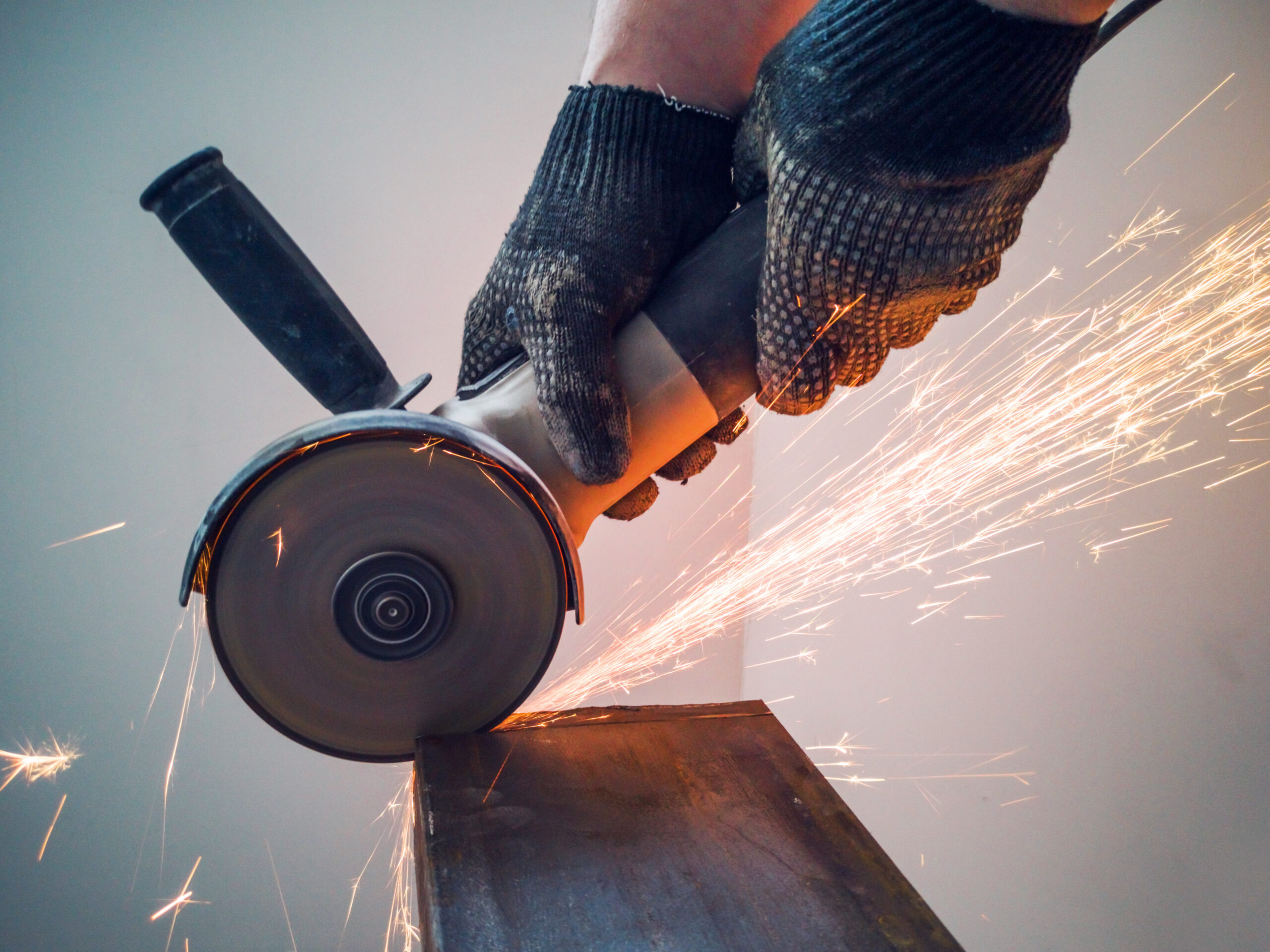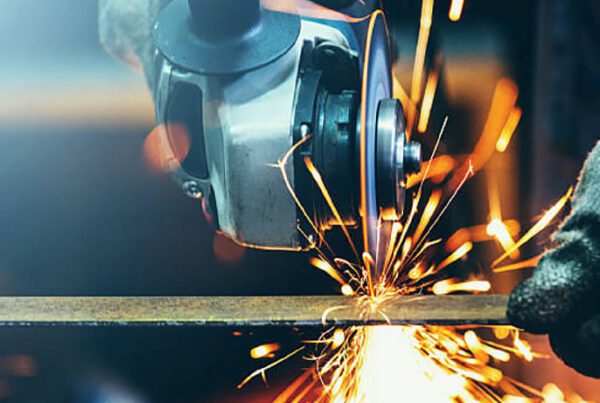Diamond blades do such a fantastic job cutting tile, masonry, etc. that it is easy to take them for granted. But an awful lot goes into manufacturing them. For instance, how do you suppose manufacturers get the diamonds to stay in place? It is not like they can open a bottle of superglue and stick them down.
As you probably know, diamond blades don’t really cut materials in the truest sense of the word. Instead, they grind. Synthetic diamonds are incredibly hard. As a result, they are able to grind down materials that other blades won’t touch. But all of that grinding puts a tremendous amount of stress on a diamond blade. So manufacturers have to firmly affix the diamonds in such a way as to prevent them from moving or dislodging.
How Most Blades Are Manufactured
Our industry uses three primary methods for manufacturing diamond blades: sintering, laser welding, and silver brazing. Devour blades are manufactured differently. Before we get to that, here’s a brief description of the three most common manufacturing methods:
- Sintering – A process that relies on a bonding metal to fix diamonds to a steel core. The bonding metal is placed on the blade. Diamonds are then set in the metal before the entire blade is put into a sintering furnace to fuse everything together.
- Laser Welding – A process that combines a bonding metal and a high-powered laser that welds the surfaces together in much the same way traditional welding works.
- Silver Brazing – A process similar to traditional soldering except that it produces a much stronger bond. That said, silver brazing doesn’t produce as strong a bond as sintering or laser welding.
These three common manufacturing methods are found throughout the industry. But again, Devour blades are manufactured differently.
How We Do It
We make Devour blades better through the electroplating process. Electroplating is remarkably different because it doesn’t just bind diamonds to a steel core. It creates a single nickel-plated blade that offers superior performance.
A Chemical Process
Electroplating is a chemical process that involves electric current, an electrolyte bath, and a metal to plate the desired object. In our case, we are plating a steel core and diamonds with a coat of nickel.
Both the steel blade and nickel are electrified; one with a positive charge and the other with a negative. Both are submerged in the electrolyte bath. The positively charged zinc begins to release ions into the electrolyte bath. Meanwhile, the negatively charged blade attracts those ions.
In essence, electrical current forces the zinc to bond itself to the blade. The entire blade gets coated with a thin layer of zinc to create an incredibly tough diamond blade. In order to remove the diamonds after electroplating, you would literally have to cut them off.
Why Electroplating Is Better
We’ve chosen electroplating because the process results in a better blade. Electroplated blades can be used for more applications than sintered and brazed blades. They offer a sharper diamond grit, so they can cut through all sorts of materials with ease.
Most importantly, electroplated blades can be both larger and manufactured in different cutting shapes to accommodate specific applications. Electroplating just gives us the opportunity to make a better blade all the way around.
You Get What You Pay for
Now you know the methods manufacturers rely on to make their diamond blades. One last thing to remember as we close: diamond blades are one product that hold true to the old adage, ‘you get what you pay for’. Given the amount of punishment diamond blades must endure, it is worth spending a little extra on a high-quality product you know will last.




